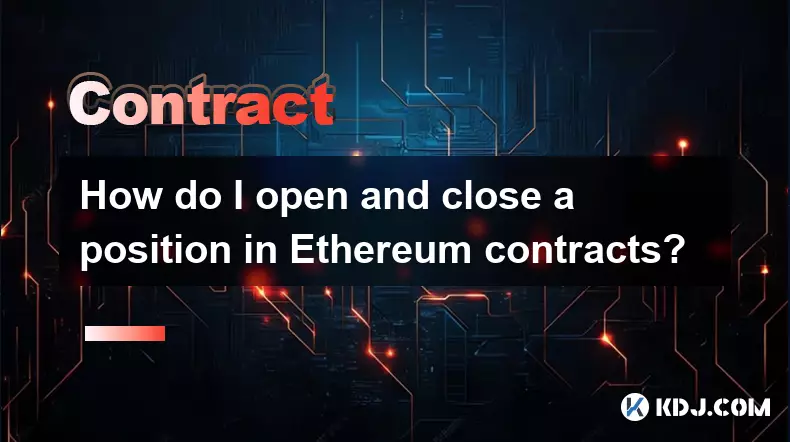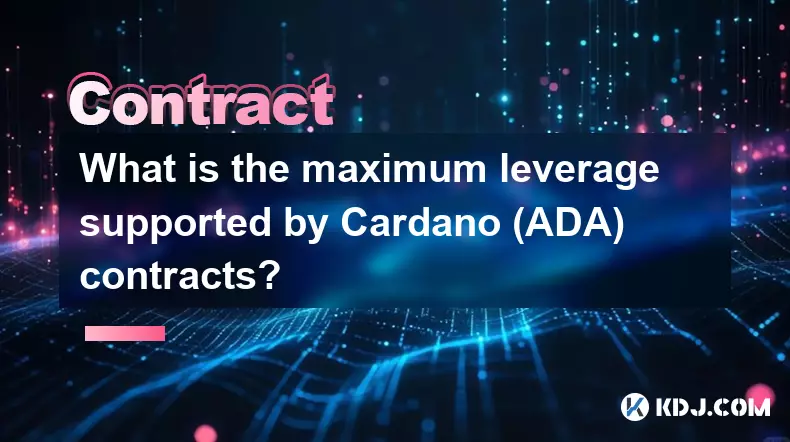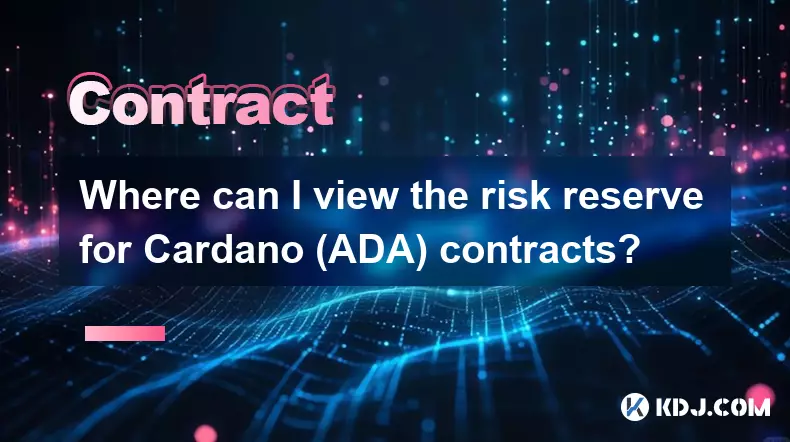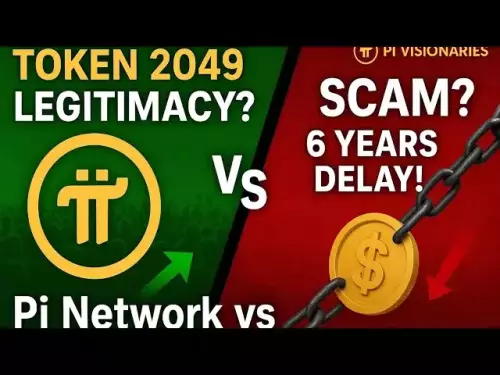-
 bitcoin
bitcoin $114779.865156 USD
2.30% -
 ethereum
ethereum $4226.519789 USD
2.39% -
 tether
tether $1.000545 USD
0.04% -
 xrp
xrp $2.890223 USD
0.92% -
 bnb
bnb $1030.029301 USD
2.95% -
 solana
solana $212.824944 USD
1.69% -
 usd-coin
usd-coin $0.999757 USD
0.01% -
 dogecoin
dogecoin $0.234961 USD
-0.27% -
 tron
tron $0.337174 USD
0.42% -
 cardano
cardano $0.804783 USD
0.09% -
 hyperliquid
hyperliquid $45.748770 USD
-2.85% -
 chainlink
chainlink $21.699170 USD
0.82% -
 ethena-usde
ethena-usde $1.001452 USD
0.08% -
 avalanche
avalanche $30.237800 USD
1.14% -
 stellar
stellar $0.372604 USD
1.52%
How do I open and close a position in Ethereum contracts?
Closing a position in Ethereum contracts requires an offsetting trade, settling gains or losses, and paying any accumulated funding fees upon execution.
Sep 25, 2025 at 09:18 pm

Understanding Ethereum Contract Positions
1. Opening a position in Ethereum contracts typically involves entering into a derivative agreement based on the price movement of ETH. These contracts are often traded on decentralized or centralized exchanges that support futures, perpetual swaps, or options. To initiate a long position, traders commit collateral and agree to profit if the price of Ethereum rises. Conversely, a short position profits from a decline in ETH’s value.
2. Most platforms require users to connect a cryptocurrency wallet such as MetaMask or WalletConnect before accessing contract trading interfaces. Once connected, traders select the type of contract—perpetual, quarterly futures, or options—and specify leverage, which can range from 1x to over 100x depending on the platform and risk parameters.
3. The opening process includes setting entry price, position size in USD or ETH, and choosing between market or limit orders. Market orders execute immediately at current prices, while limit orders wait for a specified price level. Slippage tolerance settings help manage execution discrepancies during volatile conditions.
4. After placing the order, the system locks margin collateral in a smart contract or exchange-controlled account. This margin serves as security against potential losses. Maintenance margin levels are enforced through automated liquidation mechanisms if the position moves unfavorably beyond a threshold.
5. Traders receive a position confirmation with details including entry price, liquidation price, leverage ratio, and estimated funding fees. Monitoring these metrics continuously is essential, especially in high-leverage scenarios where small price swings can trigger liquidations.
Executing the Closure of a Position
1. Closing a position requires an offsetting trade equal in size but opposite in direction to the original transaction. For example, a long position opened with 1 ETH must be closed by selling 1 ETH worth of contracts. This action settles the contract and realizes gains or losses based on the difference between entry and exit prices.
2. Users access their active positions dashboard within the trading interface to view open trades. Each position displays real-time profit/loss, mark price, and available closure options. A “Close” button allows immediate execution via market order unless customized with a limit or stop-limit instruction.
Funding payments accumulated during the holding period are settled upon closure, either deducted from profits or added to losses depending on payment direction and rate.3. Partial closures are supported on many platforms, enabling traders to reduce exposure incrementally. This strategy helps secure partial profits while maintaining directional bias. Each partial close updates the average entry price and recalculates remaining margin requirements.
4. When the closing order executes, the platform releases remaining margin minus any fees, penalties, or owed funding. Final PnL reflects commission costs, price impact, and time-based charges applicable under the contract terms.
Risk Management and Liquidation Protocols
1. Liquidation occurs when the position’s margin falls below the maintenance threshold due to adverse price movement. At this point, the exchange automatically closes the position to prevent further losses exceeding deposited collateral.
2. Most platforms implement a tiered liquidation engine that auctions distressed positions to insurance funds or other traders willing to take over the risk. Users may incur a liquidation fee on top of total loss of margin in extreme cases.
Stop-loss and take-profit orders can be attached at position opening to automate exits at predefined levels, reducing emotional decision-making and exposure to sudden volatility.3. Decentralized protocols use on-chain price oracles to determine liquidation triggers, introducing slight delays compared to centralized systems relying on off-chain data feeds. These delays can affect outcomes during flash crashes or rapid spikes.
4. Some platforms offer partial liquidation models, where only a fraction of the position is closed to preserve the remainder if market conditions stabilize. This mechanism aims to improve capital efficiency and reduce cascade effects in volatile markets.
Common Questions About Ethereum Contract Trading
What happens to my collateral if my position gets liquidated?In most cases, the entire margin allocated to the position is forfeited. Some platforms charge an additional liquidation penalty, which goes toward covering inefficiencies in the settlement process or strengthening the insurance fund.
Can I hold Ethereum contracts indefinitely?Perpetual contracts allow indefinite holding as long as funding fees are paid or collected and margin remains above maintenance levels. Quarterly or monthly futures expire on set dates and must be rolled over manually or automatically to maintain exposure.
Are Ethereum contract trades recorded on the blockchain?On decentralized exchanges like dYdX or GMX, all position openings and closings are settled through smart contracts and appear as on-chain transactions. Centralized exchanges handle trades off-chain using internal ledgers, though withdrawals and deposits are blockchain-verified.
How do funding rates affect my position over time?Funding rates transfer value between longs and shorts periodically—usually every 8 hours. If rates are positive, longs pay shorts; if negative, shorts pay longs. Extended holding periods can significantly influence net returns regardless of price movement.
Disclaimer:info@kdj.com
The information provided is not trading advice. kdj.com does not assume any responsibility for any investments made based on the information provided in this article. Cryptocurrencies are highly volatile and it is highly recommended that you invest with caution after thorough research!
If you believe that the content used on this website infringes your copyright, please contact us immediately (info@kdj.com) and we will delete it promptly.
- Altcoins Primed for 100x Gains: Cryptocurrencies to Watch
- 2025-09-30 22:45:16
- Debut Auction & XRP ETF Watch: October 18th Auction Set, Crypto's Big Day?
- 2025-09-30 22:45:16
- Navigating Solana Wallets: Your Guide to Secure Crypto in 2025
- 2025-09-30 22:50:11
- BlockchainFX, Crypto & Hyperliquid: Decoding the Future of DeFi in 2025
- 2025-09-30 22:25:13
- Visa's Stablecoin Payout Pilot: Revolutionizing Cross-Border Payments
- 2025-09-30 22:25:13
- Crypto Launchpads: Revolutionizing Blockchain Fundraising for 2025 and Beyond
- 2025-09-30 22:30:13
Related knowledge

What is the maximum leverage supported by Cardano (ADA) contracts?
Sep 30,2025 at 03:37am
Understanding Leverage in ADA Derivatives Trading1. Leverage in cryptocurrency futures and perpetual contracts allows traders to control larger positi...

How do I use the scheduled order feature in Cardano (ADA) contracts?
Sep 28,2025 at 10:18pm
Understanding Scheduled Orders in Cardano Smart ContractsCardano operates on a proof-of-stakes consensus mechanism and uses the Plutus scripting langu...

Can I modify the leverage of Cardano (ADA) contracts after opening a position?
Sep 30,2025 at 08:19am
Understanding Leverage in Cardano (ADA) Futures Trading1. Leverage allows traders to control larger positions using a smaller amount of capital. In th...

Where can I view the risk reserve for Cardano (ADA) contracts?
Sep 29,2025 at 09:19pm
Risk Reserve Overview in Cardano (ADA) Ecosystem1. The concept of a risk reserve within the Cardano blockchain does not align with traditional central...

How do I enable the "scalping-only" mode for Cardano (ADA) contracts?
Sep 24,2025 at 03:19am
Understanding Scalping Strategies in Crypto Derivatives1. Scalping in cryptocurrency trading refers to executing multiple short-term trades within min...

What is the settlement time for Cardano (ADA) contracts?
Sep 28,2025 at 04:18am
Understanding Cardano's Contract Settlement Mechanism1. Cardano operates on a proof-of-stake consensus model known as Ouroboros, which fundamentally i...

What is the maximum leverage supported by Cardano (ADA) contracts?
Sep 30,2025 at 03:37am
Understanding Leverage in ADA Derivatives Trading1. Leverage in cryptocurrency futures and perpetual contracts allows traders to control larger positi...

How do I use the scheduled order feature in Cardano (ADA) contracts?
Sep 28,2025 at 10:18pm
Understanding Scheduled Orders in Cardano Smart ContractsCardano operates on a proof-of-stakes consensus mechanism and uses the Plutus scripting langu...

Can I modify the leverage of Cardano (ADA) contracts after opening a position?
Sep 30,2025 at 08:19am
Understanding Leverage in Cardano (ADA) Futures Trading1. Leverage allows traders to control larger positions using a smaller amount of capital. In th...

Where can I view the risk reserve for Cardano (ADA) contracts?
Sep 29,2025 at 09:19pm
Risk Reserve Overview in Cardano (ADA) Ecosystem1. The concept of a risk reserve within the Cardano blockchain does not align with traditional central...

How do I enable the "scalping-only" mode for Cardano (ADA) contracts?
Sep 24,2025 at 03:19am
Understanding Scalping Strategies in Crypto Derivatives1. Scalping in cryptocurrency trading refers to executing multiple short-term trades within min...

What is the settlement time for Cardano (ADA) contracts?
Sep 28,2025 at 04:18am
Understanding Cardano's Contract Settlement Mechanism1. Cardano operates on a proof-of-stake consensus model known as Ouroboros, which fundamentally i...
See all articles










































































